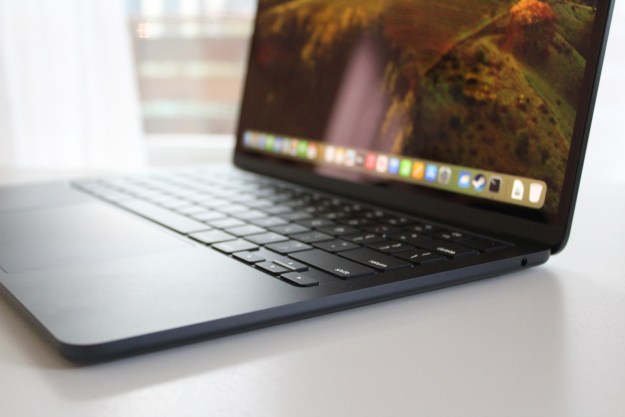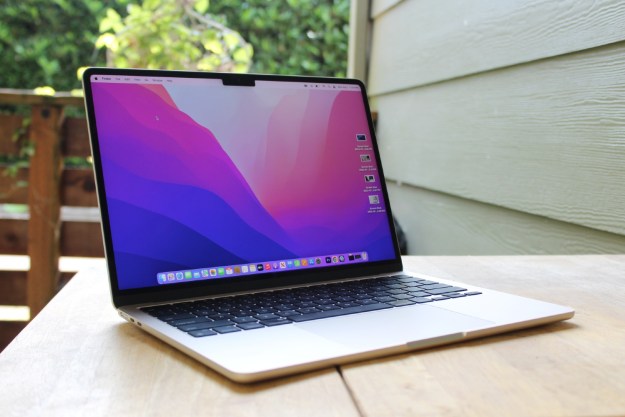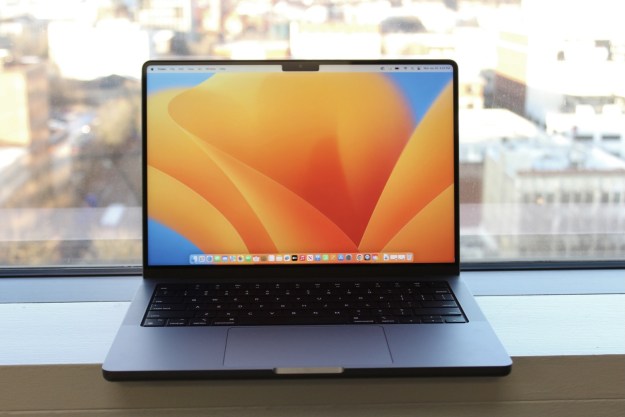Apple’s love for keeping its devices thin and light is well-known across the industry. According to a recently published patent, it appears Apple is working on a retractable MacBook keyboard, potentially allowing the company’s laptops to be more svelte than ever before.
The patent explains that users prefer “buttons or keys that provide audible and tactile feedback when pressed.” The problem with that, according to Apple, is that keyboards, therefore, take up more space than is often necessary — such as when the laptop is not being used — to accommodate the desired key travel and feedback. Those extra millimeters could be shaved off with a bit of creative engineering.

So, how do you combine the depth and tactility that users want from a keyboard with a device that does not take up too much space? Simple: By making the keyboard fold upwards when you raise the MacBook’s lid. When in use, the keyboard’s position would be like that on any other laptop. When the lid is down, however, the keyboard would sink into the base of the device using a set of “Movable magnetic or mechanical linkage elements.”
Interestingly, this patent may pick up where the butterfly keyboard left off. Before it was replaced entirely by the newly updated Magic Keyboard, the butterfly keyboard was Apple’s attempt to bring an incredibly slimline keyboard to its laptops. Sadly for Tim Cook and Co., it was not a success, with the keyboard gaining a reputation for sticky keys and uncomfortable typing.

In an interview with CNET in November 2019, Apple marketing chief Phil Schiller said the company would continue to work on the butterfly keyboard, and this patent could reflect those efforts. After all, the patent explains that the stabilizers underneath each key could be “scissor mechanisms, butterfly mechanisms, and similar devices.” If you thought the butterfly keyboard was gone for good, it may be a little too early to breathe a sigh of relief.
Given Apple patents a lot of things that never see the light of day, this retractable keyboard may never actually make it into a product. It was filed in August 2019, so it might take a few more years of development before it is ready — if it is ever ready at all.
Editors' Recommendations
- The XPS 16 is fighting an uphill battle against the MacBook Pro
- A new wave of powerful laptops rises to challenge the MacBook Pro
- 5 laptops you should buy instead of the M2 MacBook Air
- If you buy one MacBook Air alternative, make it this one
- The biggest threat to the MacBook this year might come from Apple itself




